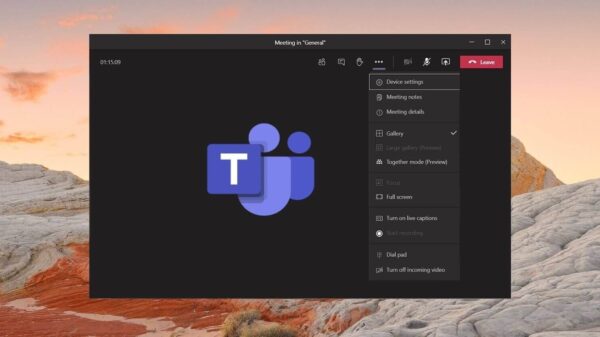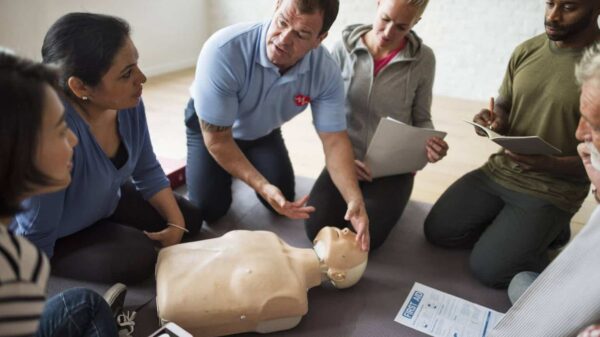Introduction
SEO or search engine optimization is a constantly changing field. If you are into internet marketing, there is a need to keep on updating yourself on the latest there is in SEO. Those who have been doing SEO for a period of time, understand that SEO can be frustrating especially if they are relying on outdated tactics that no longer work for their websites. Beginners need to get equipped with the relevant information and fundamentals for SEO.
SEO seems more complex than ever in 2019, and it will continue growing in the years to come. It is crucial for beginners to stay well-informed before they can even get started in this field. This beginner’s guide to SEO will provide beginners with the information they need to know about search engine optimization.
What is SEO?
SEO is an acronym for search engine optimization and is defined as the process of improving the quality and quantity of traffic to your website through organic search results. SEO professionals employ quality tactics to improve the position of a website.
You have probably searched something on the internet and several results showed up on the first page. Perhaps you’re searching for sunglasses. You will notice that there is a company dealing in sunglasses that will appear top on the first page. It is the job of search engine optimization to match up your “want” with the most relevant website or dealer online.
Today, many businesses are working together with the SEO professionals to help them make their websites appear top in your list of results. They make their websites more likely that you will click on them, find what you are looking for and probably make a purchase.
Companies today have realized the importance of SEO. They understand that when people find their website via a web search and actually find what they are looking for, they can have lots of new traffic to the website which can help them make more money. Among the web visitors, there will be people who will make a purchase, which means more money for the business.
Therefore, SEO is part of an overall digital marketing strategy which works together with other tactics like content marketing, social media marketing and many more.
Why Should I learn SEO?
SEO has become essential for many companies that have websites. Search engines like Google, Bing and Yahoo index websites so to create an order based on various ranking algorithms. There are numerous algorithms, whereby some are identifiable while others are not. Google, for instance, has more than 200 ranking factors such as backlinks, content, site speed, location and many others that are kept as a secret.
One fact is that search engines are used by internet users or potential customers looking for something. You want your product to be what is being searched by internet users. Regardless of what you are selling or offering search engine optimization is a must.
Another thing is that your website requires to be indexed by search engines. Otherwise, you will be doing a lot of zero work on the internet.
When you employ high-quality SEO strategies, you can improve the rankings of your site in the search engine results page. With no doubt, higher rankings mean more traffic to your website. If the traffic feels properly engaged, it will convert into actual sales.
Generally, if you really want to achieve success with your website, you will need to incorporate SEO into your plans.
Basic Terms You Need to Understand
On-Page SEO
On-page simply means on-site. When you are performing on-page SEO, you are actually optimizing your website to influence search engine results. This involves every action you are taking on your website which runs from content through technical aspects to design.
• Content
• Meta tags
• Website speed
• Headings
• URL structure
• Image optimization
Meta Tags
Meta tags are a part of the HTML code and they describe content in your website. What you should really consider are Meta titles and Meta descriptions because they both act as a strong psychological factor that really influences CTR and overall user engagement.
Title Tags and Headlines
Title tags and headlines are critical to both the user experience and search engine optimization. When creating a title tag make sure it is within the general limit allowed by most social media sites. Search engines display only the first 65-75 characters of a title tag.
Also, you should make sure you have placed important keywords closer to the start of the title tag. This will be more helpful in ranking and the user will be more likely to click them in the search results.
URL Structure
It is always important to use SEO-friendly URLs. The URL should always correspond with the content and its title. A poor URL structure can actually negatively affect user experiences. Your URL should be descriptive but shorter in length so that it easier to copy and paste and even become fully visible in the search results.
Image optimization
Images, videos, charts and infographics are used to engage visitors on your website. You should optimize images by using appropriate file names and embed videos or charts.
Use Outbound and Internal Links
Outbound links are used to give relevancy signal of your topic to search engine. You need to link to relevant and authoritative sources.
Internal links, on the other hand, are used to your other articles or blogs. Internal linking goes further ahead to help the bots to understand the structure of your website.
Website Speed
Website speed is one of the search engine ranking factors. If your website takes long to load, users will definitely leave. You can test your website speed using PageSpeed insights.
Set up Google Search Console
Google Search Console is one of the basics of SEO that gives you direct information from search results data. With the information, you can monitor and improve your site’s presence in search results.
Mobile Optimization
The number of people using smartphones has greatly increased and it is for this reason that every website should be optimized for mobile. If your website is not mobile-optimized it will affect your rankings.
Content
Content is king! Many people don’t seem to really tell a difference between content and SEO. Content is actually created for human beings or users, while SEO is for search engines. Human beings want to consume high-quality content, therefore, it is your job to create unique and high-quality. This content not just be uploaded on the website, it should be optimized for search engines and people too.
The technique of optimizing content is referred to as SEO content or SEO copywriting. Today, high-quality content cannot work for your website if it does not have on-page optimization. Likewise, a perfectly optimized website packed with poor content cannot work for you.
The most important basis for content optimization is creating unique and engaging content. You should create content that will share itself, content that people want and love to read.
Keyword Research
Before you start creating content, you need to do proper keyword research. Without proper keywords, your content will not be optimized and you will experience decreased traffic. Keywords help you generate quality traffic, so you need to do your research to establish what keywords to use. When you find the best keywords to target, make sure to use them naturally and strategically in your content.
It is recommended that you use long tail keywords because they help your website visitors engage with your content better and can lead to higher conversion rates. Also, it is important to evaluate the keywords that you have found. Keyword difficulty is an important metric for keyword research.
Off-page SEO (off-site)
Off-page SEO involves all the activities you do to improve your site’s authority by getting backlinks from other websites.
Link building
Link building is a process of acquiring links from other websites. These links are known as backlinks which serve as navigation among websites. Backlinks are used by the search engine to view new websites and determine the overall ranking of a website on search engine results pages.
Social Media Efforts
This is basically setting up social media accounts which will help you get visitors to your website and involve with your brand. Social media can give your company personality. You can also cooperate with social media influencers who will help promote your business on social channels.
User Experience (UX)
Online User experience goes hand in hand with SEO. Basically, the user experience is the user’s interaction with the website, company or products. User experience should go beyond meeting the customer’s requirements.
Website UX is actually a combination of content and technical UX. It coverers everything from website design, structure, navigation, development, content quality and structure as well as technical SEO aspects and real-time customer support.
Conclusion
SEO takes time to get results. It requires a lot of work to make it happen. This beginner’s guide to SEO is an important starting point for people who are just starting out in their search engine optimization efforts.
Andrew Guh likes writing about different SEO tricks and inspiration.































































You must be logged in to post a comment Login